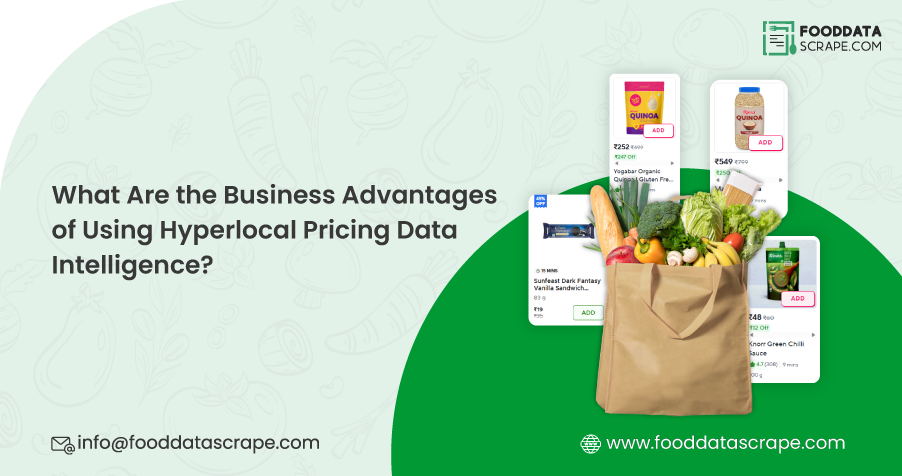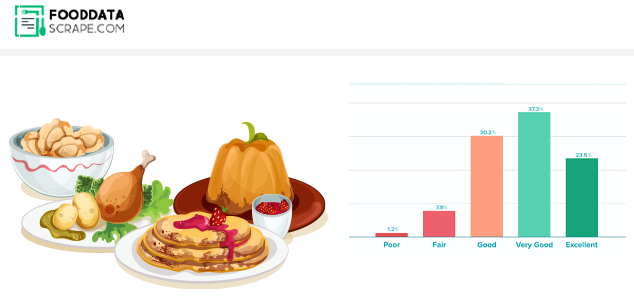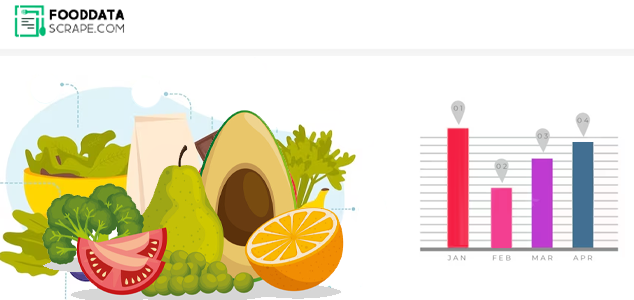Introduction
Pricing decisions require laser focus in today's competitive and tech-centric retail environment. Consumers are not just comparing prices across brands; they are checking how much a product costs at different stores in their neighborhood. Here is where hyperlocal pricing comes in. For retailers and brands, even a few rupees less or more than a competitor down the street can dictate who wins the buy. This makes Hyperlocal Pricing Data Intelligence a game-changer. With cutting-edge Hyperlocal Price Scraping Services, companies can assess the subtle nuances of a pricing strategy, identify local differences, and optimize pricing throughout the country. We can now Scrape Retail Pricing Data by Location for store-to-store price variance across the same city. Retailers are beginning to leverage Web Scraping for Hyperlocal Price Variations to drive local offers and promotions in urban centers with high density and competition.
What Is Hyper-Local Retailer Price Comparison Data Scraping?
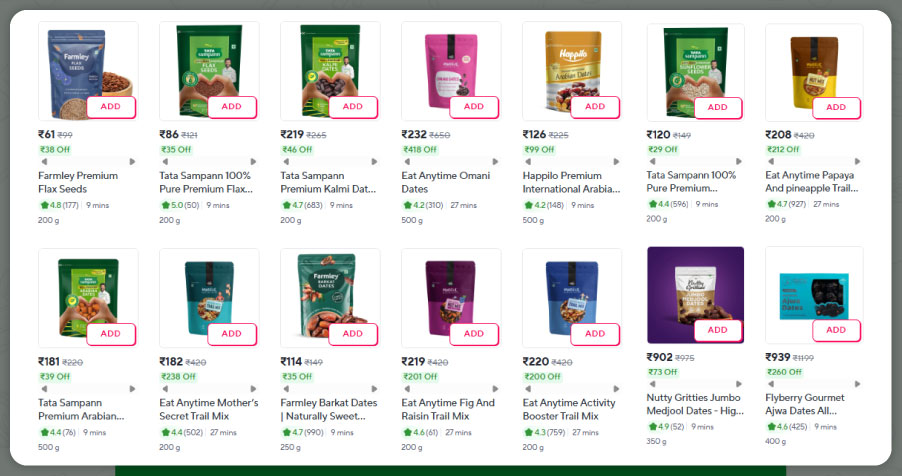
Hyper-Local Retailer Price Comparison Data Scraping refers to collecting product prices from multiple retailers across different hyperlocal geographies. This method allows stakeholders to analyze pricing differences at a granular level, sometimes as specific as a PIN code or a store block.
The scraping targets can include:
- Product listings on grocery apps
- Retailer websites filtered by location
- Quick commerce platforms with zone-specific pricing
- Hyperlocal delivery apps showing dynamic price models
By scraping this data periodically, businesses can track real-time pricing shifts and strategize accordingly.
Who Needs Hyperlocal Price Scraping and Why?
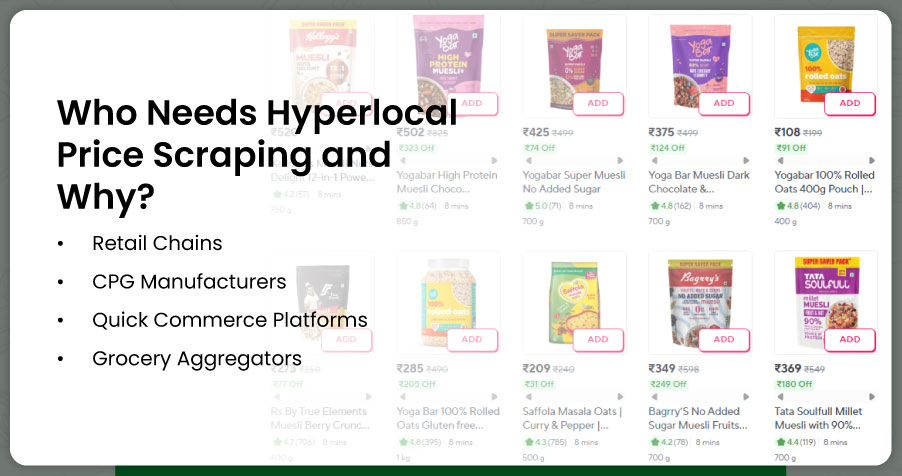
Hyperlocal pricing analytics is not reserved for giants like Amazon Fresh or Walmart. Businesses of all sizes and across categories are leveraging hyperlocal insights.
1. Retail Chains: They use localized scraping to ensure consistent store pricing or strategically localize discounts.
2. CPG Manufacturers: Brands can assess how various retailers price their products and how this compares with competitors in different areas.
3. Quick Commerce Platforms: To drive app conversion, these players must understand which SKUs are competitively priced per neighborhood.
4. Grocery Aggregators: They require precise data to inform users which store near them has the lowest price for the items on their list.
To organize and act on such granular insights, many teams now rely on a Hyperlocal Price Intelligence Dashboard for visualization and reporting.
How It Works: Breaking Down the Scraping Process
Let's explore how the Hyper-Local Retailer Price Comparison Data Scraping process is carried out.
Step 1: Define Scope Set the regions (zip codes, cities), product SKUs, and platforms to monitor.
Step 2: Crawl Pages or APIs Use scripts or scraping engines to collect price, store location, timestamp, and SKU information.
Step 3: Normalize Data Convert varying formats into structured datasets that allow easy comparison.
Step 4: Analyze Price Variance Visualize price fluctuations across regions using comparative dashboards.
Step 5: Act on Insights Adjust pricing, inventory, or promotions at a micro-market level.
Unlock real-time market advantage—start scraping accurate, hyperlocal grocery data today with our robust data solutions.
Use Case: Scrape Hyper-Local Pricing Data for CPG Analytics
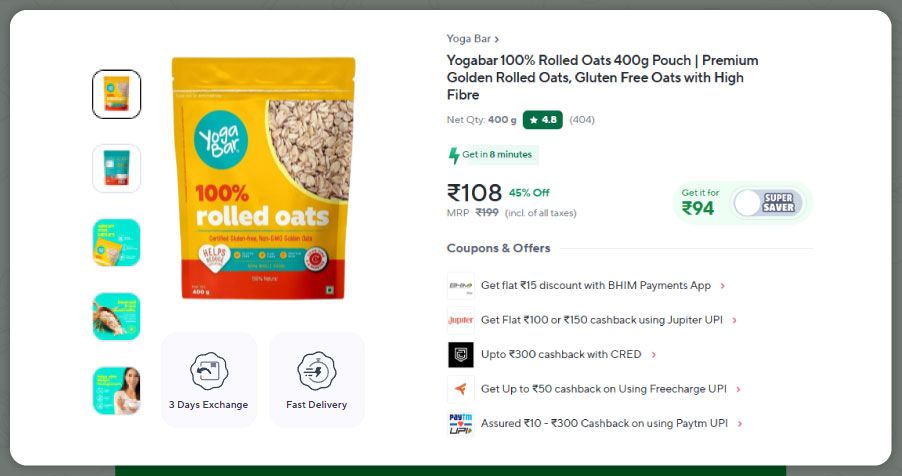
Imagine a large consumer brand wants to understand the pricing of its 20 best-selling products across 500 stores in Delhi NCR. Using automated tools, they Scrape Hyper-Local Pricing Data for CPG Analytics, allowing them to:
- Spot regional price inflation or undercutting
- Identify stores that are discounting without authorization
- Compare against private label competitors, store-by-store
This data becomes an operational and strategic asset, especially when refreshed weekly or daily.
Competitive Advantage: Hyperlocal Competitive Data Scraping for FMCG
For FMCG companies, pricing intelligence has shifted from monthly summary reports to live dashboards updated hourly. By using Hyperlocal Competitive Data Scraping for FMCG, these companies:
- Gain real-time alerts on competitor pricing actions
- Localize offers based on real-world data
- Influence retailer negotiations with price proof from competitors
It's no longer about "how is our shampoo priced in India?" but "how is our shampoo priced in Koramangala vs. Bandra today?"
Building Blocks of Hyperlocal Data Intelligence
Hyperlocal scraping isn't just about gathering data—it's about turning it into actionable intelligence.
That's why more companies now invest in robust Hyperlocal Data Intelligence stacks. These systems:
- Fetch data at the store and SKU level
- Clean and deduplicate listings
- Feed visual analytics tools
- Trigger business logic (such as automated discounts)
This is critical for brands that manage thousands of SKUs across multiple platforms.
Sample Use Case: Extract Hyperlocal Grocery Store Data
Let's say you want to Extract Hyperlocal Grocery Store Data for tracking the prices of dairy products in Pune's key neighborhoods.
You can monitor prices across local chains, national chains, and quick-commerce apps, all tagged by location. Then, use filters in your analytics tools to compare:
- Lowest vs. highest price for each SKU
- Number of stores out of stock
- Region-wise price trends over time
These insights allow sales and supply chain teams to take immediate corrective action.
Growing Demand for Grocery App Data Scraping Services
As more grocery orders shift to digital platforms, the demand for Grocery App Data Scraping Services has surged. These services help collect:
- Item prices
- Delivery time windows
- Platform-specific discounts
- Area-specific availability
This data, scraped periodically, gives retail brands real-world visibility into how their SKUs are represented and priced on apps that directly influence consumer purchase decisions.
Evolution of Web Scraping Quick Commerce Data
10-minute delivery apps are forcing retailers and CPG brands to act faster. Teams now rely on Web Scraping Quick Commerce Data to:
- Analyze fast-moving items by city
- Track SKUs with dynamic pricing
- Compare availability between morning and evening slots
This has made hyperlocal pricing and fulfillment data a critical KPI in product planning meetings.
Price Comparison Table
| Product | Area 1 Price | Area 2 Price | Area 3 Price | Highest Difference |
|---|---|---|---|---|
| Parle-G 500g | ₹25 | ₹30 | ₹27 | ₹5 |
| Aashirvaad Atta | ₹190 | ₹180 | ₹200 | ₹20 |
| Surf Excel 1kg | ₹210 | ₹220 | ₹195 | ₹25 |
Such visualizations allow businesses to quickly decide where they’re overpriced or under-penetrated.
Benefits of Hyper-Local Retailer Price Comparison Data Scraping
- Detect competitor discounts faster
- Launch location-based promotions
- Optimize delivery zone pricing
- Improve pricing transparency
- Respond to price inflation zones
Hyperlocal insights offer speed, precision, and measurable outcomes.
How Food Data Scrape Can Help You?
- Expanding Online Grocery Ecosystem: As more consumers shift to online grocery shopping, businesses need our scraping services to keep up with rapidly changing digital storefronts.
- Need for Pin Code-Level Pricing: Brands seek hyperlocal price visibility, and our tools provide detailed data by location, helping them localize promotions effectively.
- Surge in Delivery App Monitoring: With the boom of platforms like Zepto and Blinkit, companies depend on us to track competitor listings and offers in real-time.
- Dynamic Pricing Across Platforms: Retailers rely on our data scraping to identify and respond to fluctuating prices across multiple grocery apps instantly.
- Demand for High-Quality Grocery Datasets: Data analysts and retail strategists increasingly require clean, structured grocery data, which we deliver with accuracy and consistency.
Conclusion
In today’s digital-first, hyper-competitive retail world, hyperlocal visibility drives competitive advantage. Businesses that can access real-time, location-specific pricing insights will outmaneuver those relying on national averages or monthly summaries. This is where Grocery Delivery Scraping API Services play a pivotal role—offering businesses live feeds of pricing data to inform pricing, merchandising, and inventory planning.
A well-integrated Grocery Price Tracking Dashboard is the bridge between scraped data and impactful business action, allowing teams to respond faster and smarter. With access to well-structured Grocery Store Datasets, your business doesn’t just track prices—it understands local markets, responds to demand, and builds trust with price-conscious consumers.
Are you in need of high-class scraping services? Food Data Scrape should be your first point of call. We are undoubtedly the best in Food Data Aggregator and Mobile Grocery App Scraping service and we render impeccable data insights and analytics for strategic decision-making. With a legacy of excellence as our backbone, we help companies become data-driven, fueling their development. Please take advantage of our tailored solutions that will add value to your business. Contact us today to unlock the value of your data.
























































































